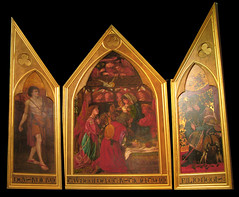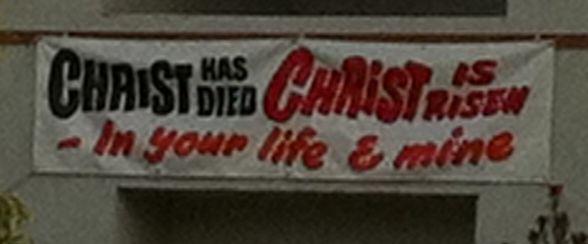In Chapter 7, I give reasons why there should be no doubt that the whole of this healing narrative [the raising of the daughter of Jairus in Mark 5] is literally true, and that it is dependent ultimately on an eyewitness account by one of the inner circle of the three of the Twelve, who were present throughout, and who accordingly heard and transmitted exactly what Jesus said. (p. 109 of Jesus of Nazareth by Maurice Casey; a footnote here directs the reader to pages 268-69 in that chapter 7.)
Things about Jesus in the Gospels that are “literally true” — that is what this historical Jesus scholar believes he can establish. Not only that, Casey will give reasons why there should be no doubt that we find this healing recorded in the Gospels because of the direct eyewitness testimony of one of Jesus’ own disciples. Continue reading “Reasons not to doubt the historicity of Jesus raising the daughter of Jairus”



